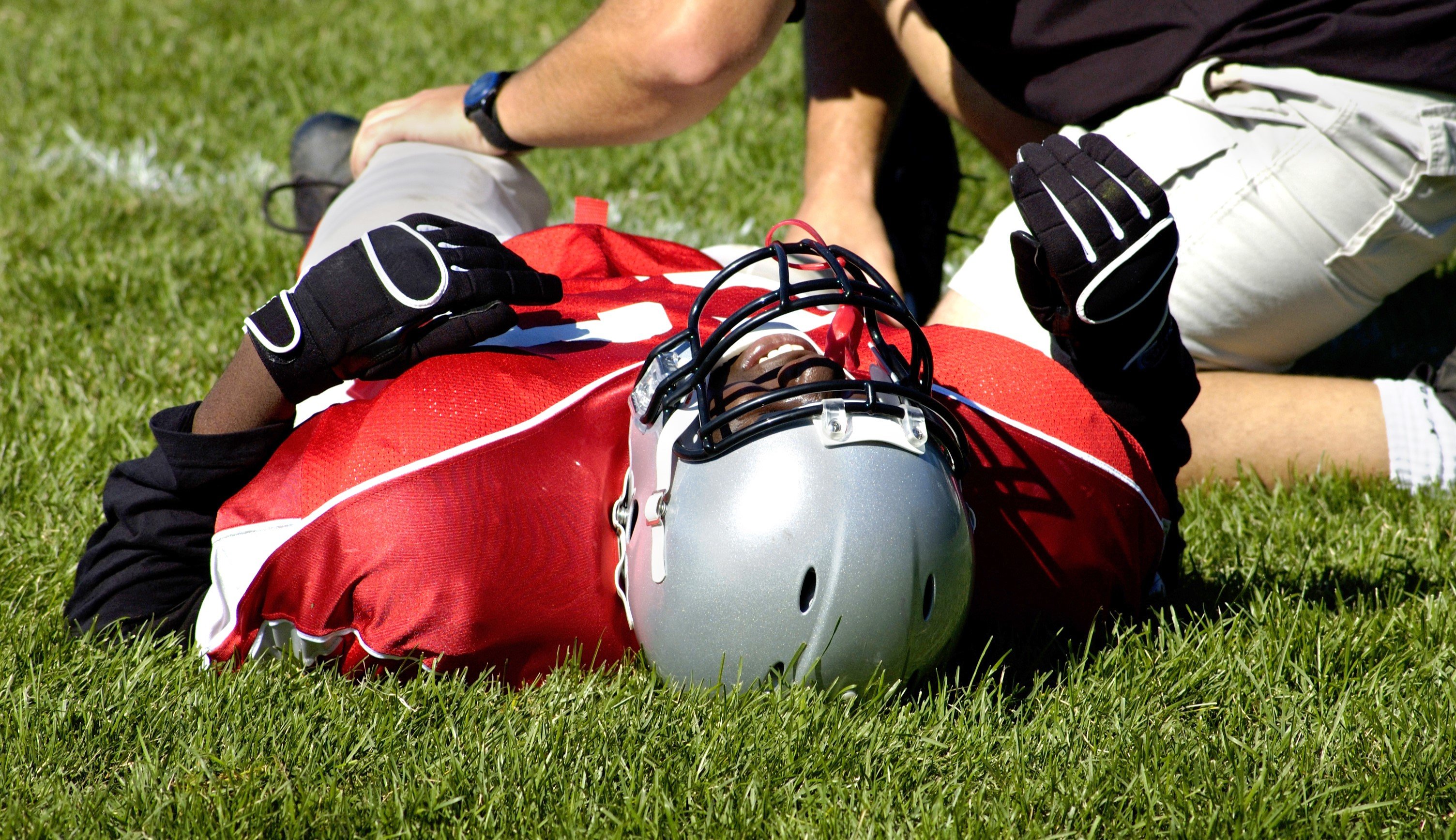Athletics Emergency Action Plans

An emergency action plan (EAP) is your K-12 school, college, or university’s road map for responding to an athletic emergency. EAPs provide a step-by-step instruction guide for acting during an emergency at or during a sporting event. The lack of an EAP, or the failure to practice an existing plan, can aggravate sports injuries and lead to legal claims.
An athletic emergency is usually one that endangers the life or limb of students or coaches, including:
- Traumatic brain injury
- Sudden cardiac arrest
- Spinal injury
- Heat stroke
- Diabetic coma
- Sickle cell disease
- Lightning strike
- Open fracture (bone through skin)
- Uncontrollable bleeding
Creation and Review Process
Create a written EAP for any venue where students or employees exercise, not just facilities that host interscholastic or intercollegiate sporting events. Compile all the venue-specific EAPs into a single, easily accessible document.
-
Consult with experts when developing the plans. Emergency medical services providers are an excellent source of risk management advice. They also should attend high-risk events. A local attorney can advise your institution on laws or regulations addressing emergencies. Health care professionals know best practices and are indispensable in an emergency.
-
Practice the EAP for each venue at least annually using varied scenarios. It is impossible to know whether an EAP works if it hasn’t been rehearsed. For example, because one college had never practiced its EAP, trained personnel were unaware that neither ambulances nor utility vehicles could access the baseball field. An injured player was carried outside the field to a waiting ambulance, but time was wasted in the confusion. Practice responding to different types of emergencies. If anything doesn’t work as planned, adjust the EAP accordingly.
Involve local emergency medical responders in the scenarios to further identify and address possible issues. For example, emergency responders without heat illness training may mistakenly want to stop cold water immersion to initiate transport even though the immersion shouldn’t be interrupted. To help prevent incorrect emergency treatment, invite local emergency management personnel to participate in the annual emergency action plan review.
Venue-Specific Content
Develop plans that identify the people, processes, and equipment specific to the location.
- Identify key personnel. The first responders to an emergency may include officials, coaches, certified athletic trainers, physicians, administrators, and employees who summon help or clear uninjured people from the area. Ensure key personnel are trained in using automated external defibrillators (AED), CPR, first aid, and prevention of disease transmission.
- Provide instructions for handling medical emergencies. Include recommended emergency numbers, addresses, access points, and venue directions with a map. If anything in the plan requires a key, state where the key is located. Include options and estimated response times for different emergency transportation options.
- Specify needed equipment. American Heart Association guidelines contend AEDs are a component of basic life support. Other components include emergency oxygen kits, long backboards for potential spinal injuries, airway management devices, cold water immersion tubs for heat illness, and first-aid supplies. Your institution may use small utility vehicles to transport injured students. Personnel only should operate devices for which they have been trained. State where the needed equipment is located or who is responsible for having the equipment, such as a first-aid kit.
Communication
Create effective internal and external communication options at each venue. Communicate the EAP process to everyone working at the venue.
- Establish a communication system. Responders always should have access to a working telephone or mobile communication device. Check communications systems regularly to ensure they function. Establish a backup system. Ensure personnel know emergency phone numbers, the venue’s address, and directions for getting there. Identify who will contact the student’s family and where the contact information is stored. Ensure an effective way exists for staff to communicate with each other as well.
- Post the EAP in a visible place at each venue. Anyone should be able to quickly and easily locate the posted EAP. Trained personnel can refer to it to guide their emergency response; uninjured spectators can use it to identify whom to call when trained personnel aren’t present during an emergency. Provide a copy to visiting teams.
- Review the EAP prior to each athletic event. Use a “medical timeout” before each event to instruct all athletic and medical advisors, from home and away teams, on the EAPs’ locations and contents. Show the advisors where to access emergency response equipment.
- Train athletics employees to request EAPs when traveling. When athletics teams travel, it’s important for your employees to request the host venue’s EAP. Processes and equipment available at your institution may not be available when traveling. Where practicable, consider whether some emergency response equipment should travel with the team.
About United Educators
United Educators (UE) provides liability insurance and risk management solutions to meet the unique needs of K-12 schools, colleges, and universities throughout the United States. Learn more about our coverage.
More From UE
Additional Resources
National Athletic Trainers’ Association: Position Statement
National Federation of State High School Associations: Emergency Action Plans
Korey Stringer Institute: Emergency Action Plans
North Carolina High School Athletic Association EAP Guidelines
About the Author
-

Melanie Bennett, Esq., ARM-E
Senior Risk Management Counsel
In her role on UE’s Risk Research team, Melanie dives into timely topics affecting education. Her areas of expertise include protecting minors, enterprise risk management (ERM), technology accessibility, and athletics. Prior to joining UE, she interned at the U.S. Department of Education’s Office for Civil Rights. Melanie serves on the Higher Education Protection Network’s (HEPNet’s) Board of Directors.